Training Manuals
No training session is complete without the inclusion of printed collateral and namely training manuals.
Why are these text books so important? Because not only do they reinforce a message but expand upon it. What’s relayed at the front of a class should always be backed-up in print.
Tutors and pupils alike will refer to manuals before, during and after any session. If printed and populated correctly they can serve as a bible on any given topic.
Why CMP?
Here at CMP we appreciate the importance of training resources and have a long history of supplying everything from certificates to highlighter pens, to all manner of different industries. Moreover we respect the need for quick turnarounds.
It is often impossible to know likely attendance until the day before an event. That’s why we offer short run printing to all of our clients. Unlike a great many of our competitors – who will only accept orders totalling 100 or more – we’ll work with you to realise smaller quotes, within 24 hours if necessary.
What’s more we’ll impart our wisdom. In 24 years we’ve garnered plenty in the way of experience and know what makes for a good training manual. We’re happy to discuss your print needs with you and advise as to what paper, type face and binding options will make for a brilliant handout.
The basics
But what makes for a high quality, impactful training manual? First of all a strong use of colour. The fact is we’re printing an educational resource here, which can only ever be so exciting. A vibrant design however is more likely to generate interest than a standard, bland cover.
Similarly, a clear, modern typeface will engage. Avoid small print and too many pros. Writing in short, concise sentences will facilitate longer attention spans; offsetting colour with plenty in the way of white space will also help in this regard.
Text should always easy to read and – crucially – devoid of technical jargon. Don’t confuse readers, who you must always presume enter blind.
Include bullet points, so as to break up the page. Supplement words with plenty in the way of graphs, tables, infographics, illustrations, flow charts and more. Cater for visual learners, as well as voracious readers.
And consider tab dividers to make life that bit easier. Constantly referring to a text book’s contents can prove painstaking. Having sections clearly signposted will save time and energy. CMP can advise on how best to utilise tabs.
Binding
That’s the basics dealt with, next you need to give thought to the binding options available. These are plentiful. Your primary focus however should be on ensuring any book lies flat, take away an unnecessary distraction of having to hold your book upright or open.
Ring binding remains the most popular method. Printing your training manual in this style allows for the insertion of notes during a session and long afterwards too. Bear in mind however that any handouts intended for inclusion will require a set number of holes punched into them – depending on whether you select a two or four hole mechanism.
Wire binding (or wiro binding) is the go-to for higher end documents. You’ll clock these at professional presentations where 250 sheets or so are commonplace. Clear, acetate covers are almost always added to the front of such documents.
Comb binding is perhaps the most basic option. This style sees 20 plastic rings fed through rectangular holes punched into your manual. Again, you should be looking to include no more than 250 sheets maximum.
Slide binding is a cheaper alternative and one that requires no hole punching. Instead they simply slide onto the front of your document and create instant binding. Moreover they are easy to remove whenever you need to insert a new sheet.
Fastback binding is a lesser known but equally effective method. The process involves the gluing of strips to the spine of a document that facilitates a strong hold. Good for ‘quick prints’ you will ordinarily group 120 sheets together in this manner.
Channel binding provides a metal spine to compress pages within a hard bound book casing. Foil covers are typically added to the front, making for ideal notepads and text books alike.
Staple binding (or saddle-stitch binding) meanwhile is regarded as the easiest route. This technique involves pages being folded, creased and – as the name suggests – stapled together, albeit courtesy of machinery. More in keeping with smaller booklets than training manuals it is nonetheless a print option that serves its purpose.
Delegate Packs
By way of an introduction that pretty much summarises training manuals and the ways in which you can present and print them. More and more courses however are supplementing this material with further resources – creating delegate packs packed full with handouts, notepads, certificates, CDs and DVDs, USB sticks, tent cards, pens, rulers and more.
Here at CMP we can work collaboratively with you to ensure your delegate pack achieves everything it needs to.
If you’d like to discuss the process please call us today on 01202 739993 and we’ll get to work.



